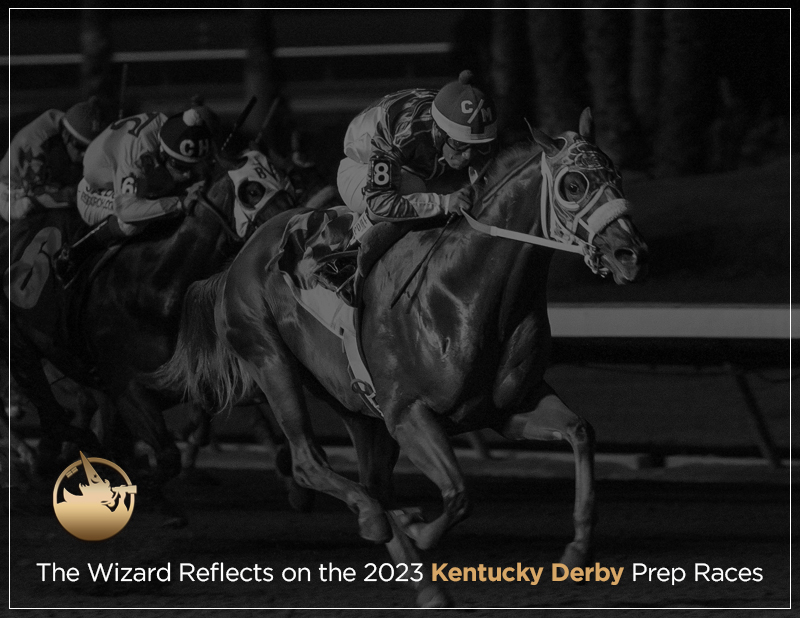
FOUNTAIN OF YOUTH-GRADE 2 (Gulfstream) MARCH 4
Winner: FORTE (Sire: Violence, Dam: Queen Caroline)
Trainer: Todd Pletcher
Jockey: Irad Ortiz
Owner: Repole Stables and St. Elias Stables
Distance / Time: 1 1/16 miles / 1:43 1/5
Win Margin: 4 ½ lengths.
Wizard’s Track Bias: None
Wizard’s Pace Analysis: Honest
Wizard’s Strength of race: 3 /5
Wizard’s Race Reflection:
It was FORTE and then everyone else. Forte has now won 5 of his 6 starts and is a perfect 3-3 going 2 turns. He was making his 3-year-old debut returning from a 4-month layoff. Forte sat a perfect inside stalking trip before angling out for the stretch run. Easily cruised by the 2 pacesetters at the 3/16th pole and drew off effortlessly under a hand ride showing plenty left in his tank. Very solid return from the 2-year-old champion, stamping himself as the Kentucky Derby favorite at this time and a likely prohibitive odds-on favorite for his next start in the Gr. 1 Florida Derby.
The rest of the field showed very little to suggest that any of them are worthy of consideration for the Kentucky Derby.

